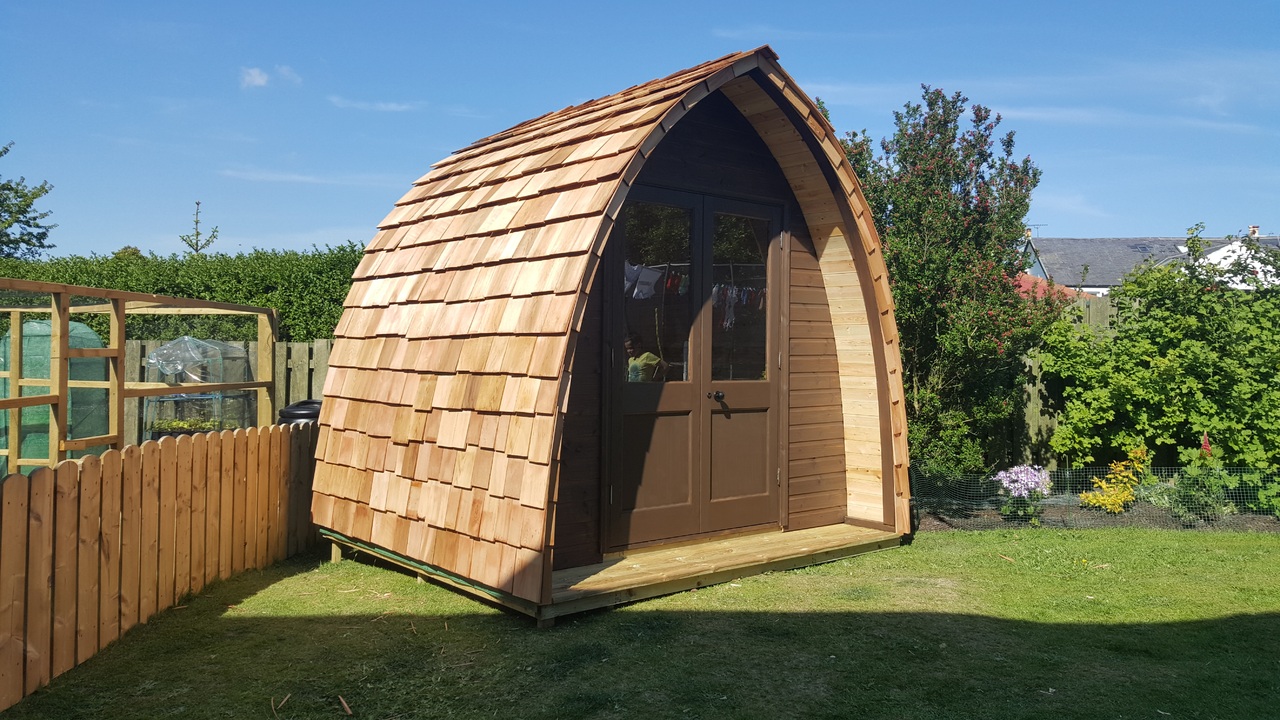The Essential Guide to Garden Sheds: Types, Uses, and Smart Storage Solutions
A garden shed is more than just a storage space - it's a versatile outdoor structure that can transform your backyard organization and enhance your gardening experience. Whether you need a place to store tools, create a workshop, or establish a potting station, choosing the right garden shed involves careful consideration of size, materials, and functionality to match your specific needs.
Essential Features for Garden Shed Design
A well-designed garden shed should incorporate proper ventilation to prevent moisture buildup and protect stored items. Windows provide natural light and improve airflow, while a solid foundation ensures stability and longevity. Strategic door placement and size are crucial for easy access with larger equipment. Consider adding features like shelving brackets, pegboards, or tool organizers during initial setup.
Maximizing Storage Space in Your Garden Shed
Efficient organization transforms a basic shed into a functional workspace. Install vertical storage solutions like wall-mounted shelves and hanging systems to utilize wall space effectively. Add corner shelving units to maximize otherwise unused areas. Implement a combination of fixed and mobile storage solutions to maintain flexibility as your storage needs change over time.
Garden Shed Size Guidelines
Selecting the appropriate shed size depends on your storage requirements and available space. Consider adding 25% more space than your current needs to accommodate future storage. Standard shed sizes range from compact 6x4 feet models to spacious 12x20 feet structures. Remember to check local building codes and permit requirements before installation.
Popular Garden Shed Styles and Prices
| Shed Style | Average Size | Typical Price Range |
|---|---|---|
| Basic Metal | 6x4 ft | $300-600 |
| Resin/Plastic | 7x7 ft | $700-1,200 |
| Traditional Wood | 8x10 ft | $1,500-3,000 |
| Premium Workshop | 10x12 ft | $3,000-5,000 |
Prices, rates, or cost estimates mentioned in this article are based on the latest available information but may change over time. Independent research is advised before making financial decisions.
Maintenance and Protection
Regular maintenance ensures your garden shed’s longevity. Inspect the roof annually for leaks and damage, clean gutters if installed, and check door hinges for proper operation. For wooden sheds, apply protective treatments every 2-3 years. Keep the foundation area clear of vegetation and ensure proper drainage to prevent water damage. Consider adding security features like quality locks and motion-sensor lighting for protection.
A garden shed represents a significant investment in your outdoor space organization. By carefully considering materials, design features, and storage solutions, you can create a functional and lasting storage solution that enhances your gardening experience and protects your valuable tools and equipment.







